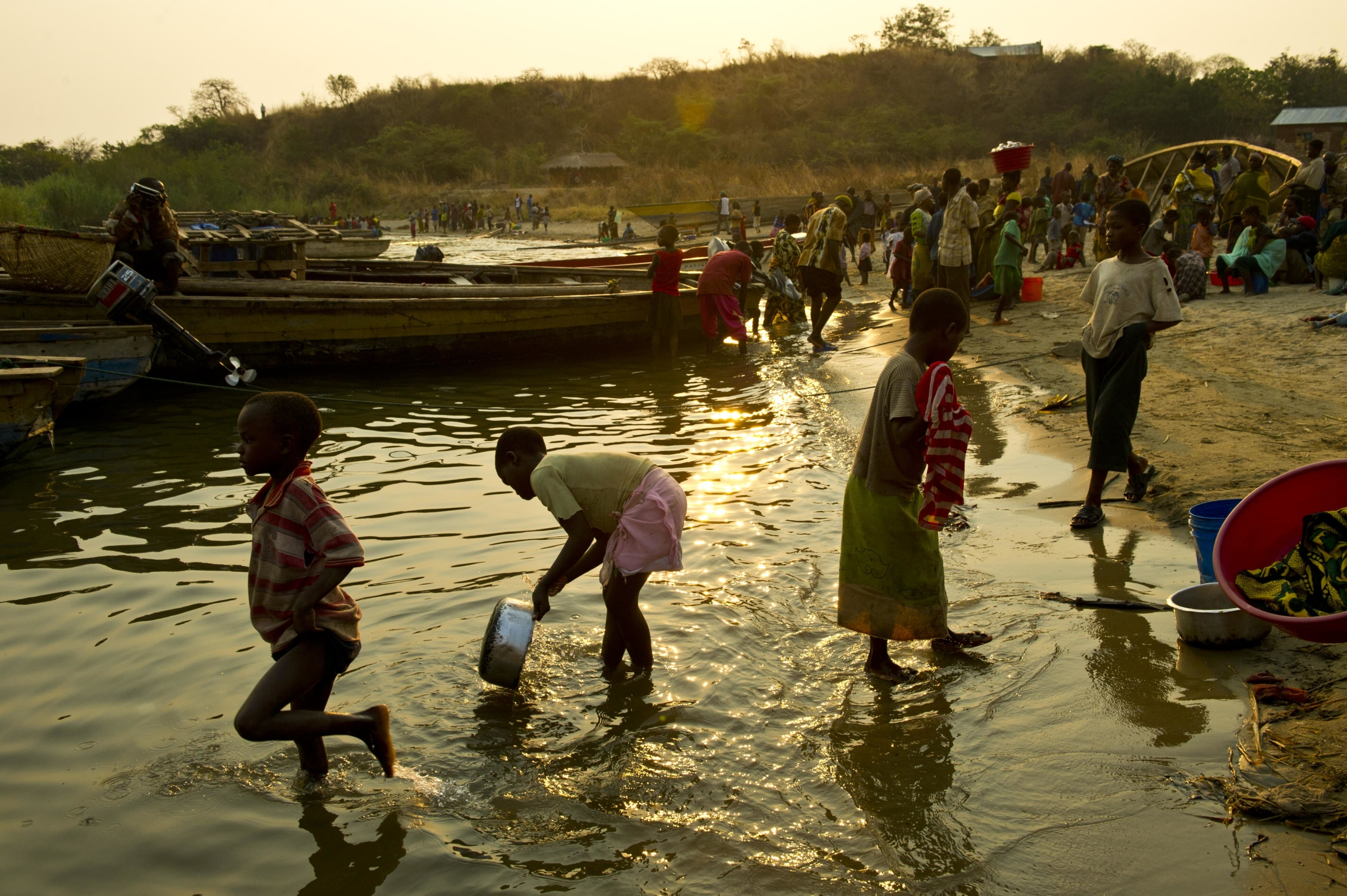The United Nations Convention on Biological Diversity (UNCBD) appears set to adopt the target to increase protected and conserved area coverage to 30% by 2030 (30×30). Implementing this target will inevitably affect a very large number of people. However, minimal research has been conducted into the social impacts 30×30 might have, and on what kinds of people, at both the global and national scale. Progress in addressing this issue has been hampered by the lack of effective exchange and constructive dialogue between those with different perspectives on area-based conservation.
OUR APPROACH: Our project will bring together a wide range of scholars and practitioners from multiple backgrounds (e.g., land systems science, political ecology, conservation science, indigenous rights) for a series of carefully facilitated workshops. We will foster constructive dialogue between those with different perspectives, enabling us to conduct an interdisciplinary investigation of the social implications of 30×30, and how they might be addressed. We will conduct analysis at the global scale, and in more detail in at least one case study country. Our results will influence nations and NGOs as they seek to implement the CBD Post 2020 Global Biodiversity Framework.
Team Status:

Leaders
Chris Sandbrook
Members
Ruth Pinto
Jasmin Upton
Heather Bingham
David Mwesigye Tumusiime
Charles Tumwesigye
Javier Fajardo
Julie G. Zähringer
Carolina Hazin
Priya Shyamsundar
Neema Pathak Broome